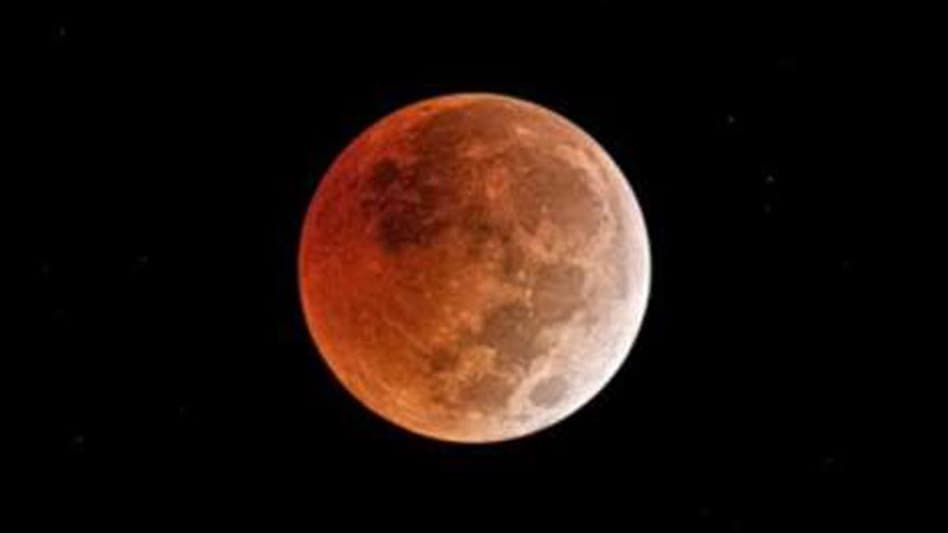
 This casts a shadow on the surface of the Moon, which we see from Earth.
This casts a shadow on the surface of the Moon, which we see from Earth. This casts a shadow on the surface of the Moon, which we see from Earth.
This casts a shadow on the surface of the Moon, which we see from Earth.
The lunar eclipse has finally ended, and the Moon is not in the shadow of the Earth anymore. Stargazers around the world who look at the Moon will now be met with a typical full Moon.
When the Earth moves between the Sun and the Moon, it partially or completely blocks sunlight from reaching the Moon. This casts a shadow on the surface of the Moon, which we see from Earth.
The Moon will still receive some sunlight during a total solar eclipse. Blue light will be scattered in all directions by a phenomenon known as Rayleigh scattering as it travels through the Earth's atmosphere. As a result, the Moon appears reddish during the eclipse because it can pass through and reflect the redder light.

The total lunar eclipse on Tuesday caused a red moon, also known as the Blood Moon, to appear in various parts of the world. The following total lunar eclipse won't occur for three years after this year's Chandra Grahan, which was the last of the year.

Totality, the period of the lunar eclipse when the Moon was entirely engulfed in the shadow of the Earth, has passed. The lunar eclipse is currently in its second partial phase, and until 6.19 PM IST, when it will end and be replaced by a regular full moon, the Earth's shadow on the Moon will continue to get smaller.

South America, North America, Australia, Asia, the North Atlantic Ocean, and the Pacific Ocean will all be able to see this eclipse.

Now that the entire Moon is in Earth's penumbra, the Lunar Eclipse (also known as the Blood Moon) will gradually dim.